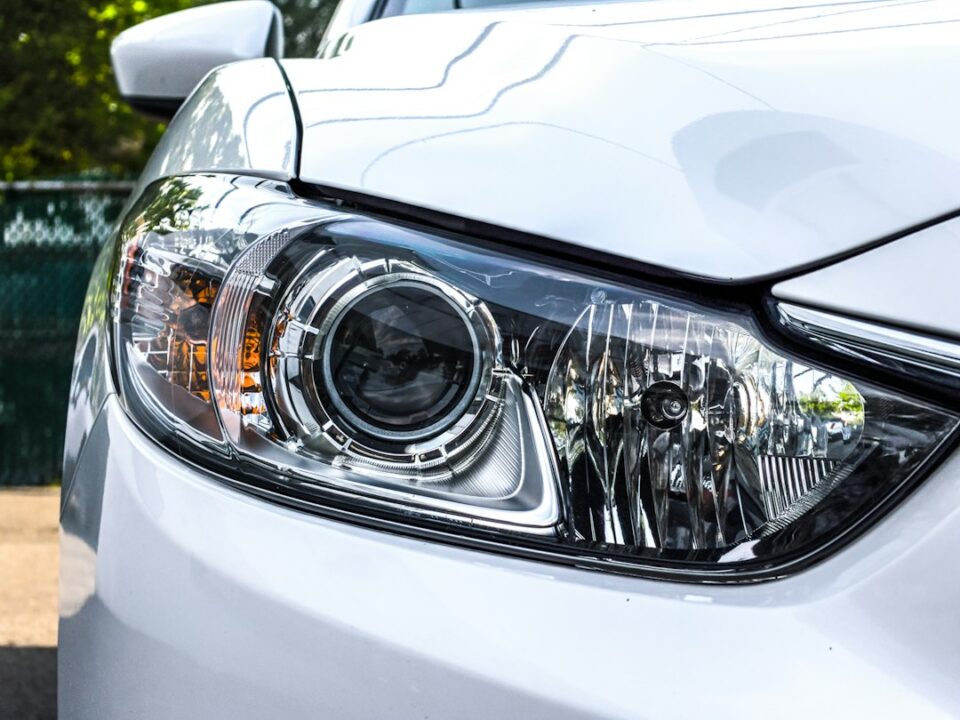An Introductory Guide to Motorcycle Riding for Beginners
Are you interested in learning how to ride a motorcycle? Riding a motorcycle can be an exhilarating and freeing experience. However, it is important to approach it with caution and be well-informed before getting on a bike for the first time. In this introductory guide, we will explore everything a beginner rider needs to know before hitting the road.
1. Choose the Right Motorcycle:
The first step to becoming a motorcyclist is choosing the right bike. Consider factors such as your experience level, height, and intended usage. A smaller, lightweight motorcycle is usually recommended for beginners as it is easier to handle and maneuver. It is important to sit on potential bikes and get a feel for them before making a decision. Remember, comfort and confidence are key.
2. Gear Up:
Safety should always be your top priority. Before taking your first ride, make sure you have the appropriate protective gear. A DOT-approved helmet, durable jacket, pants, gloves, and boots are essential to minimize the risk of injury. Investing in high-quality gear will provide you with the necessary protection should an accident occur.
3. Enroll in a Motorcycle Safety Course:
Enrolling in a motorcycle safety course is highly recommended, especially for beginners. These courses teach you the essential skills and knowledge needed to ride safely. They cover topics such as proper riding techniques, braking, and maneuvering in hazardous situations. In addition, many states require completing a safety course to obtain a motorcycle license.
4. Master the Basic Controls:
Before hitting the road, it is important to become familiar with the basic controls of a motorcycle. These include the throttle, clutch, front and rear brakes, gears, and turn indicators. Spend time practicing in a safe and open area to build confidence and ensure you are comfortable with these controls.
5. Practice Slow Speed Maneuvers:
Mastering slow speed maneuvers is essential for any rider. Start by practicing U-turns, figure eights, and tight turns in a controlled environment. Slow speed control is particularly important when navigating through traffic or parking lots. Practice regularly to improve your skills and build muscle memory.
6. Be Aware of Your Surroundings:
As a motorcyclist, you must be hyper-aware of your surroundings. Always assume that other drivers cannot see you and anticipate potential hazards on the road. Stay alert, constantly scan the road, and be cautious of blind spots. Establish good communication with other drivers by using hand signals and making eye contact when possible.
7. Ride Defensively:
Defensive riding is crucial for your safety. Always maintain a safe following distance, especially on highways. Leave space to maneuver and escape in case of an emergency. Be mindful of potential dangerous situations such as drivers who may not use their indicators or suddenly change lanes.
8. Develop Good Riding Habits:
To become a skilled and responsible motorcyclist, it is important to develop good riding habits. Always obey traffic laws, including speed limits. Avoid distractions such as using your phone while riding. Practice defensive driving techniques and stay focused on the road at all times.
9. Stay Sober and Alert:
Never ride a motorcycle under the influence of alcohol or drugs. Not only does impairment put your life at risk, but it endangers others as well. Alcohol and drugs impair your coordination, judgment, and reaction times, making riding an even more dangerous activity.
10. Continually Improve Your Skills:
Motorcycle riding is a lifelong learning process. Even experienced riders should continually seek ways to improve their skills. Consider taking advanced riding courses to enhance your knowledge and technique. Practice regularly and challenge yourself to become a better rider.
Remember, safety should always be your top priority when riding a motorcycle. By following these guidelines and practicing responsible riding, you can enjoy the freedom and thrill of motorcycling while minimizing the risks. So gear up, get on that bike, and embark on an adventure like no other!

